
We are all time travelers. We all go about our daily lives traveling into the future at a rate of one minute per minute. As far as we can tell though, time just sweeps us along toward some unknowable oblivion. The best we can hope for is to reclaim some of the precious time we have, and not waste it doing things like looking after long braises. That’s where you assumed I was going with this, right?
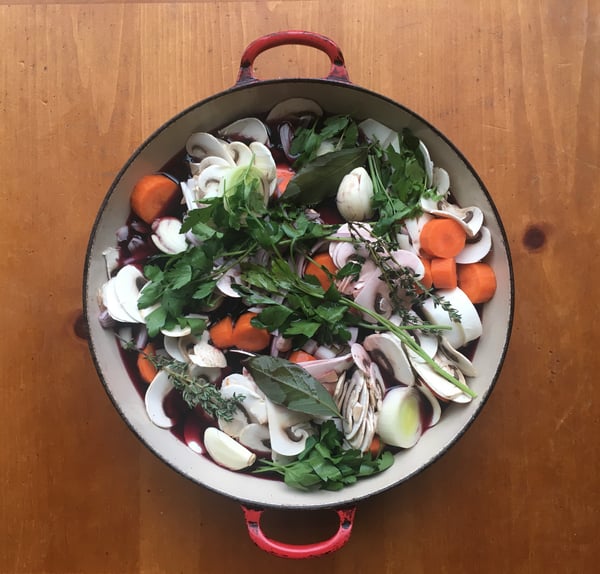
Braising is typically a very time intensive cooking process. You can’t just sear both sides of the meat, cook to medium rare, and call it a day like you can with steaks. This is because tough braising cuts need to be cooked to tenderness and not temperature like a steak. Tough cuts do a lot of work on the animal, and so develop a lot of connective tissue (and flavor). This connective tissue, if not sufficiently broken down by heat (liquid helps too), feels tough and chewy on the palate. A high temperature will allow this connective tissue to break down more quickly, but normally a braise has a maximum temperature: the boiling point of water. If we are cooking our braise in a liquid (which by definition we are), then the connective tissue in the meat can only break down as quickly as a 212 degree Fahrenheit cooking temperature will allow, sometimes meaning especially tough cuts like beef shanks can take upwards of four or five hours as a simmer to finally become tender. Thankfully science hath wrought us a solution. Pretty simple actually; all we have to do is raise the atmospheric pressure in the cooking chamber to well above the normal level thereby increasing the boiling temperature of water, and we can do this with a pressure cooker.
Most pressure cookers for home use hit max pressure at around 15 pounds per square inch (PSI), which equates to a maximum temperature of around 250 degrees. Just this change means that those beef shanks will cook in an hour and a half instead of five, short ribs become tender in just an hour, chicken stock cooks in 20 minutes (and tastes better than stovetop so long as you have a non-venting pressure cooker, but I digress…). In this way a pressure cooker really is kind of like a time machine, but instead of flinging us forward or backward in time, it creates a localized temporal anomaly (or at least the illusion of one) on our stovetop.
To illustrate this. I chose a pretty straight forward recipe of braised beef short ribs. Sometimes you just have to make a classic braise the way Chef Thomas Keller tells you to. This recipe is adapted from his Ad Hoc at Home book:
Braised Beef Short Ribs
Ingredients:
Group 1
1 bottle dry red wine
1 medium onion, medium dice
1 medium leek, medium dice (white and tender greens only)
2 carrots, medium dice
3 sprigs thyme
3 sprigs parsley
2 bay leaves (ideally fresh, not dried)
3 cloves garlic
Group 2
2.5 lbs boneless beef short rib
1 cup all-purpose flour
3 Tablespoons grapeseed oil
Group 3
1 medium onion, medium dice
1 medium leek, medium dice (white and tender greens only)
2 carrots, medium dice
3 sprigs thyme
2 bay leaves (ideally fresh, not dried)
3 cloves garlic
red wine vinegar
salt
pepper
2 Tablespoons cold butter
Combine the ingredients from group 1 in a pan, and simmer over low heat until reduced by about 2/3 (45-50 minutes), meanwhile lightly coat the beef in the flour, and sear in a pan lightly coated with the grapeseed oil until deep golden brown.
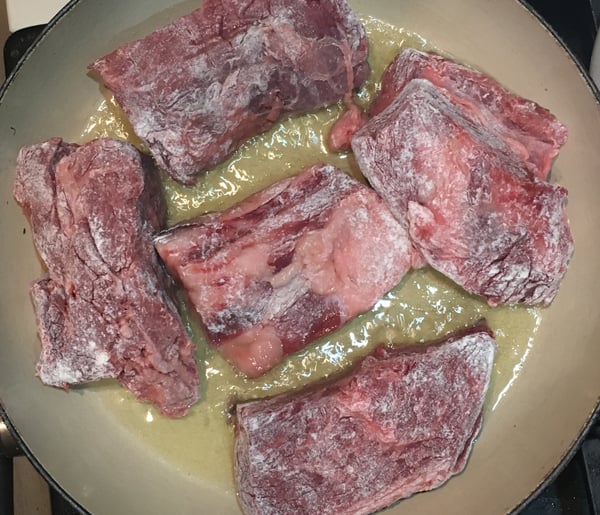
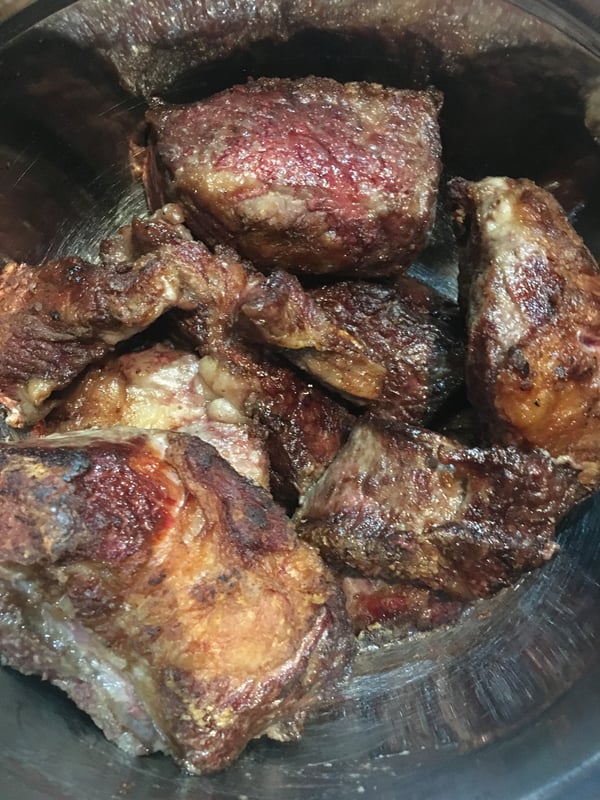
When the wine has finished reducing, strain out the rest of the ingredients and discard.
Load the ingredients from group 3, along with the reduced wine and seared beef, into the bottom of a pressure cooker (or do what you can see me do in the photos and use a metal bowl standing out of a shallow layer of water in the bottom of the pressure cooker (this is a surprisingly gentle, and effective technique called pressure steaming that I use primarily because my pressure cooker is humongous, and terrifying, and its mere existence can begin to feel like an existential threat at full pressure), and bring it up to full pressure (15 PSI), and cook for one hour. Allow the pressure to dissipate naturally, then open the pressure cooker, remove the meat, discarding the spent vegetables, but reserving the cooking liquid.
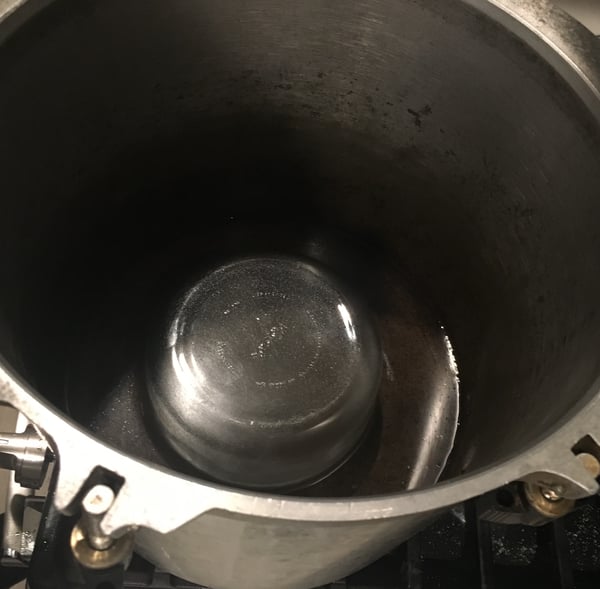
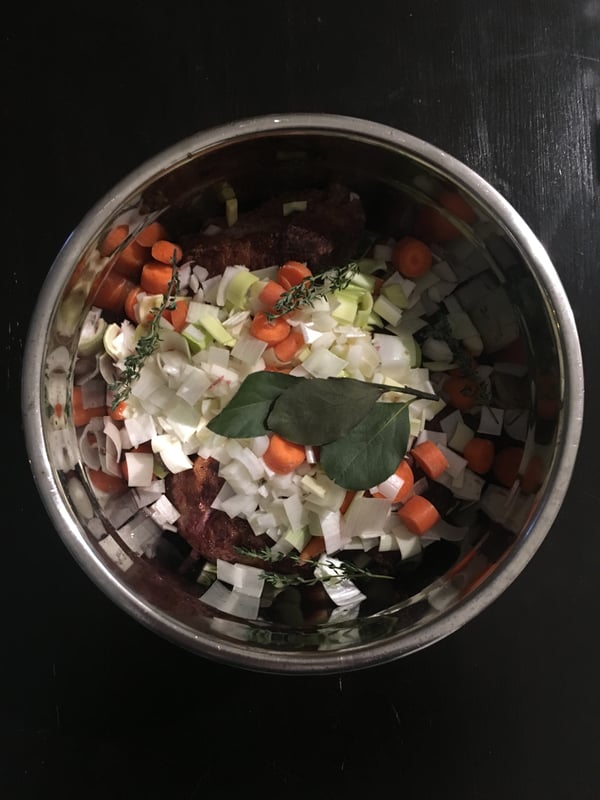
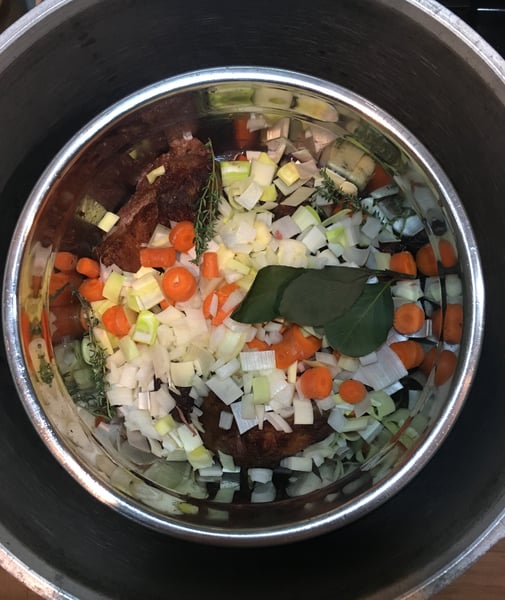
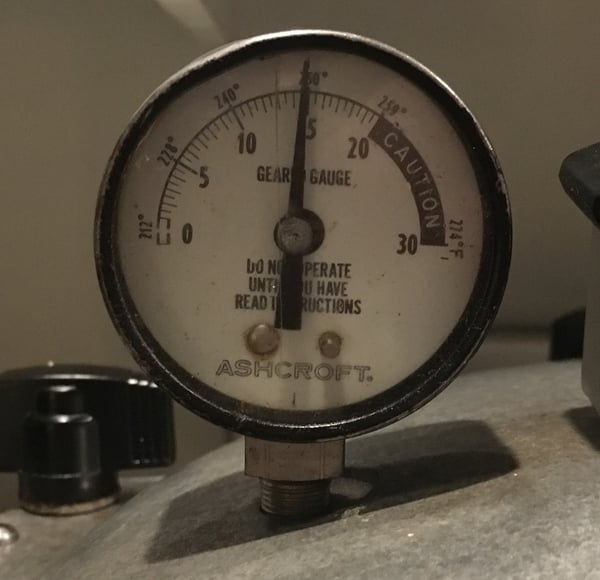
Reduce the cooking liquid until it has the texture of a glaze, then season with the vinegar, salt, and pepper to taste, and finish by swirling in the cold butter. Use the sauce to glaze the short ribs, and you have just clawed back a few more hours from the abyss, and have a delicious dinner to boot.
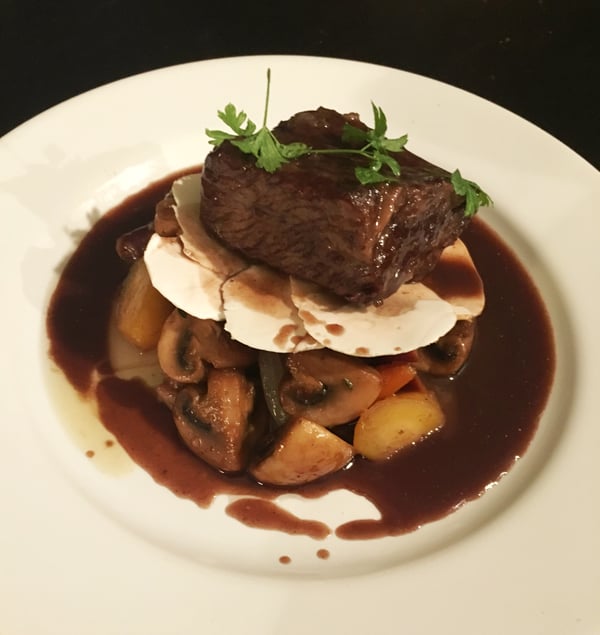
For a more in depth discussion of braising, and a whole lot more tips and tricks, consider signing up for The Chopping Block's Culinary Boot Camp.

